My last session report on the series will be about the second half of the double session I attended on Friday afternoon, which was much more informative and funny. Kenji showed (with live translation) a 30 minutes japanese video about how a former Toyota leader conducted a plant transformation at a Sanyo cellphone factory in Japan.
It started with the successor of Taichi Ohno walking around the production line, followed by a bunch of people, and pointing out a lot of visible waste: unfinished products, piles of partially finished packages, and part-empty boxes. It really demonstrates the Toyota’s practice of Genchi Genbutsu, or “go and see for yourself”. By showing to the plant workers the visible wastes, he even claimed not having seen so much waste in a while :-)
His first approach to transform the plant was to physically reduce the production line size. He arrived on the next day and started to rip out the conveyor belt. The plant manager ran scared to the scene to see what was going on and was asked to get a stair and remove one of the signs hanging from the ceiling that read “Packaging Area”. The idea was to make the size of the production line smaller, so that people would have less space between then. That would require less people: the ones still working would have to do the job of more than one person, and the others could be moved to another department (such as product development).
As you would expect, the changes introduced some temporary chaos into the work place. Not everyone was happy with doing more than one job and the plant manager was worried they wouldn’t make their deadlines. After a heated discussion, he decided to go back to the old layout. However, he allowed that one of the workers participated in another improvement experiment: she would have to work alone in a work cell (yatai), doing the job who was previously performed by 6 or 7 people in the old production line.
At first, the time she took to assemble the cell phone was 2 minutes slower than the production line takt time. However, as she became more proficient, she started to suggest kaizen improvements, such as: raising the table and moving the pieces around to be closer to the place where they would be needed. Within 5 days, she managed to beat the productivity of the production line. The improvement was celebrated by the company’s leaders in an internal event, and she claimed that she felt that she could still improve and become faster.
My mains lessons from watching the video and seeing a lean transformation in practice were:
- Any change introduces a temporary period of chaos, which may cause the process to be reverted before the benefits are realized. Read more about the subject searching for Virginia Satir‘s work.
- Respect for People is clearly shown in the video, as the transformation leader stands besides the worker to support her while she is learning the new skills.
- The differences between Western and Eastern cultures: even though she was unhappy at first with the fact that she would have to do the job of 6 people, she respectfully acknowledged the new job and gave her best. It’s also clear that the Japanese have a more holistic view: companies collaborate with each other to improve the country’s industry as a whole. One of the “incentives” raised by the transformation leader was that if the quality of their products didn’t improve, their jobs would move to China.
This is the end of my Agile 2008 session reports. I hope it proves to be helpful for those who couldn’t attend the conference. Feel free to contact me or leave comments if you want to take these discussions further.

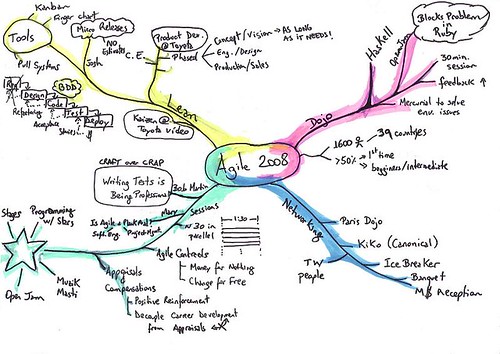
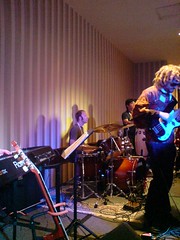
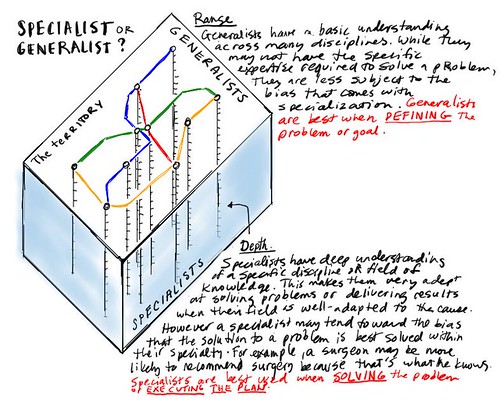
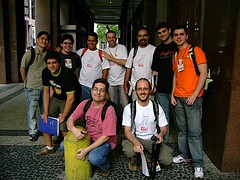


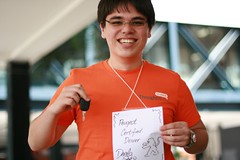






 Twitter
Twitter LinkedIn
LinkedIn Facebook
Facebook Flickr
Flickr